Glabellar Lines Pop Quiz!
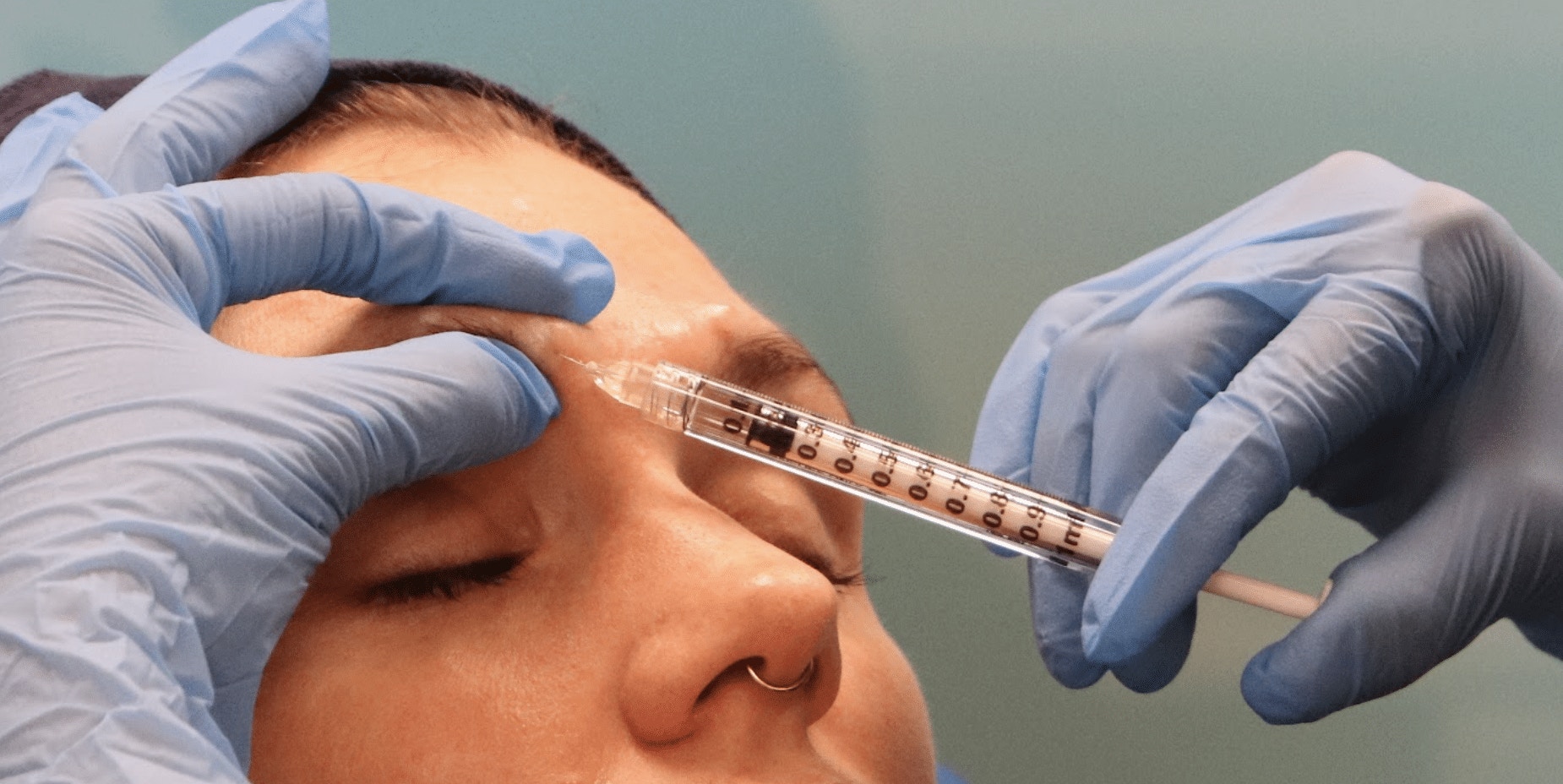
It’s Pop Quiz time again! This time we’re exploring glabellar lines.
If you’ve read our recent two-part interview with our director of education, Dr Kalpna Pindolia, you’ll be well-prepared.
Part 1 covered the glabella, anatomical and theoretical considerations for treating glabellar lines and patient selection. Whilst part 2 covered injection technique and how to avoid common mistakes when injecting glabellar lines.
Scroll down to take our test...
GLABELLAR LINES POP QUIZ!
1. What is the glabella complex?
A) A group of muscles that are depressors of the brow
B) A large muscle that is a depressor of the brow
C) A large muscle that is an elevator of the brow
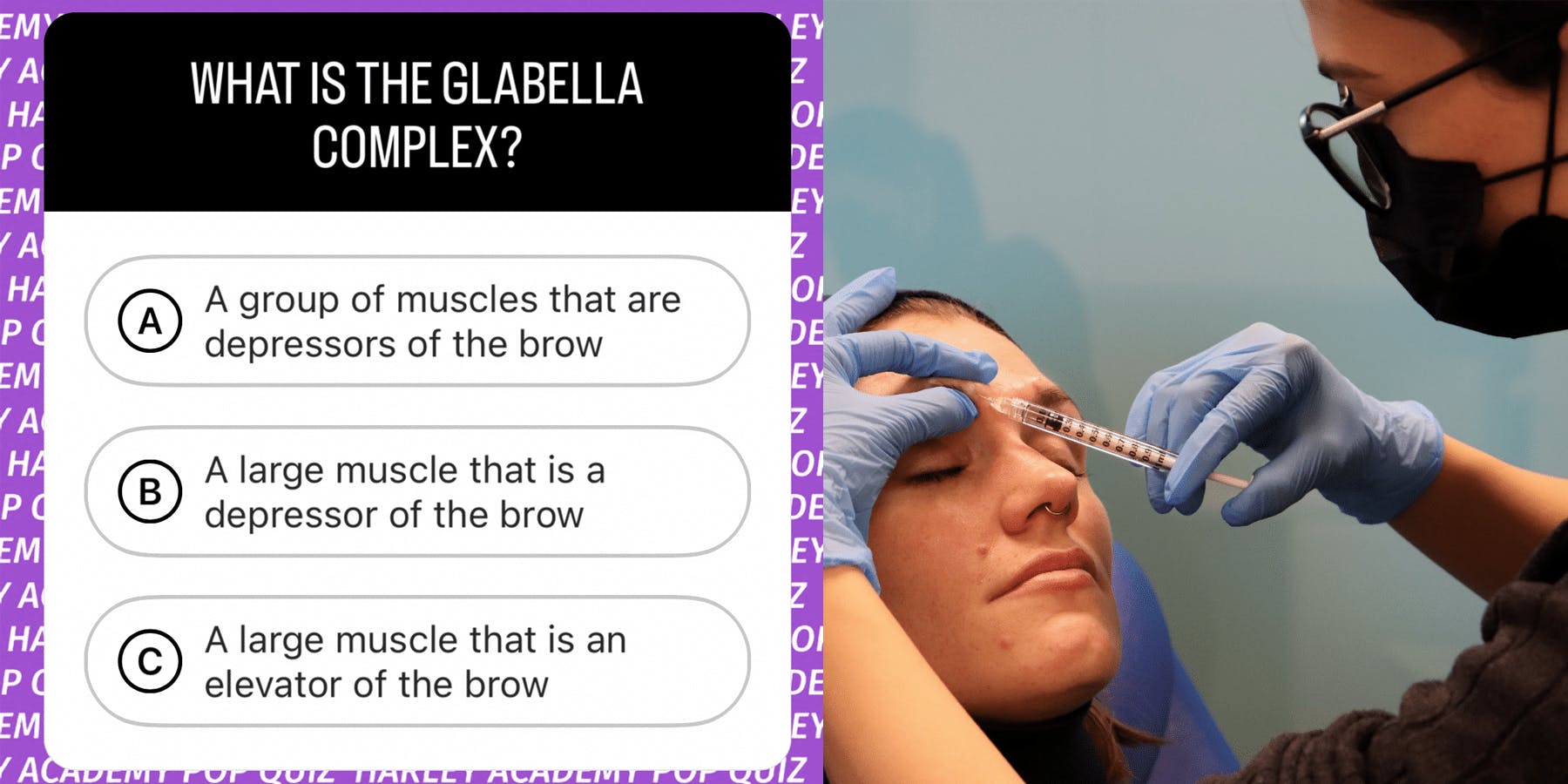
The correct answer is A.
The glabella complex is a group of muscles that are depressors of the brow. The glabella is comprised of the procerus, corrugator supercilii, depressor supercilii, and the medial part of the orbital orbicularis oculi.
2. What are glabellar lines also known as?
A) Frown lines and Bunny lines
B) Bunny lines and Number 11s
C) Frown lines and Number 11s
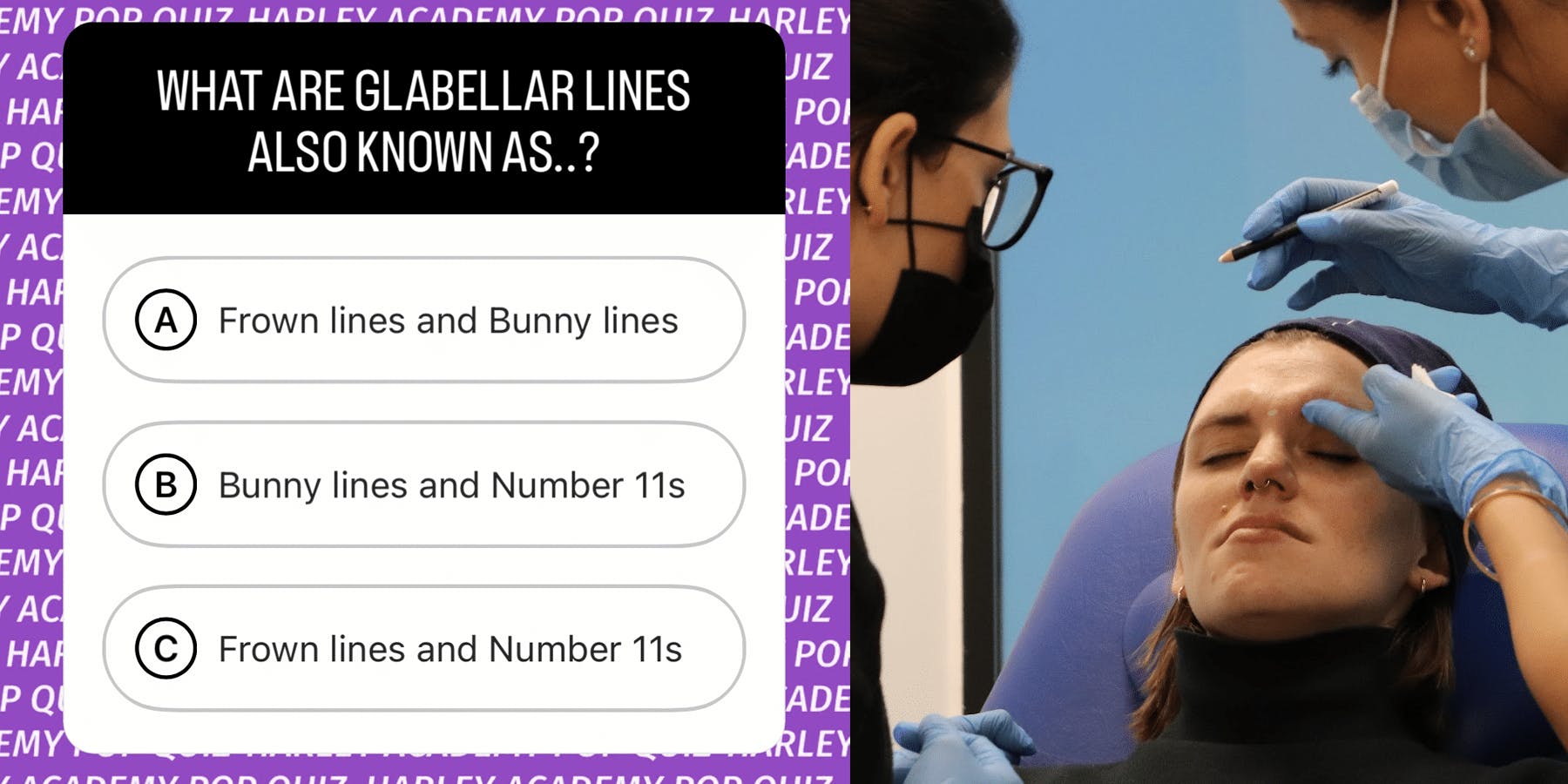
The correct answer is C.
Glabellar lines are also known as frown lines and Number 11s.
3. Patients wanting glabellar line treatment often worry that they look…
A) Sad
B) Angry
C) Tired
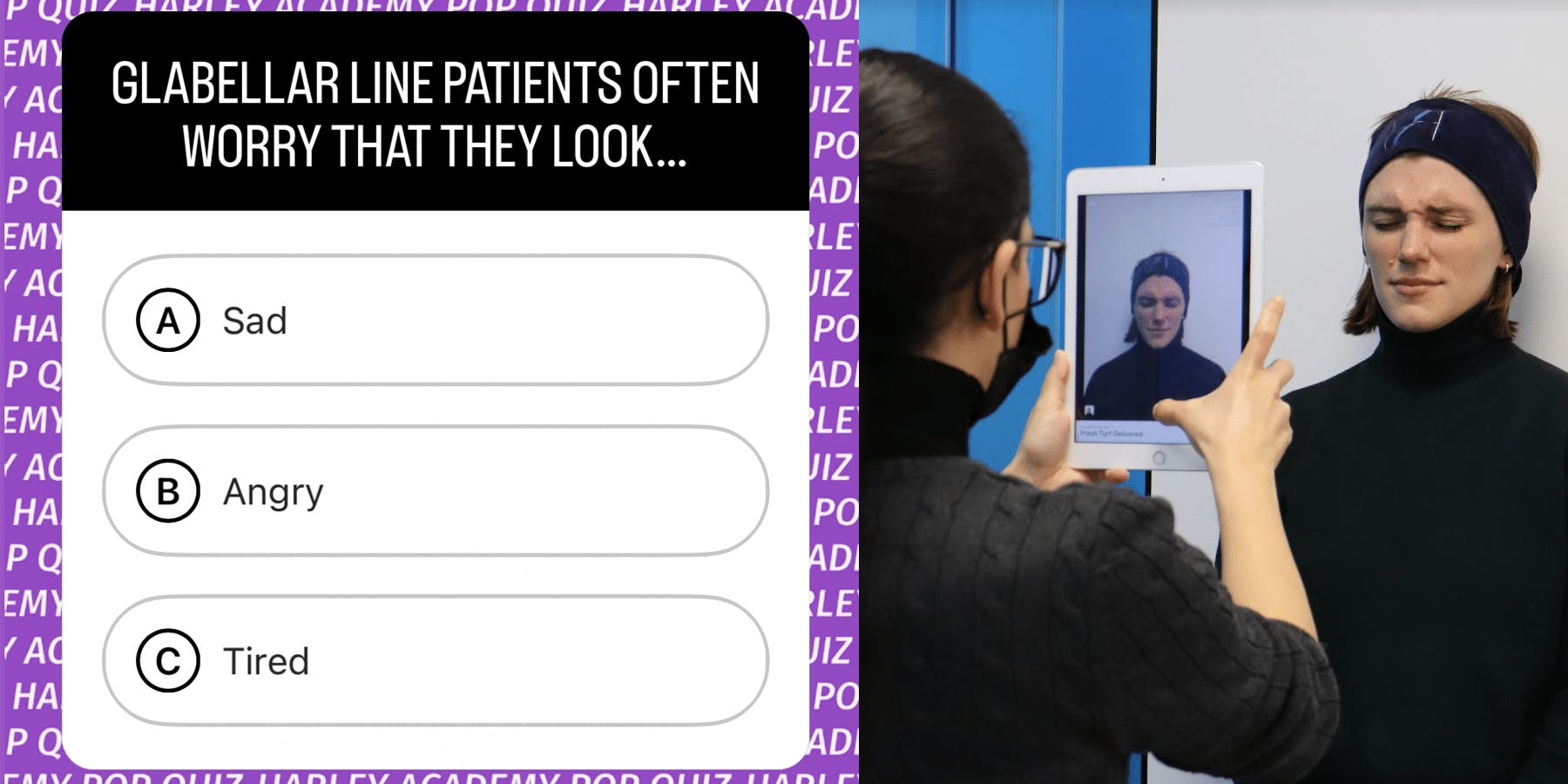
The correct answer is B.
Glabellar line treatment can help to address patient concerns about looking angry all the time.
4. How many injection points are there in a standard glabellar line treatment?
A) 3
B) 4
C) 5
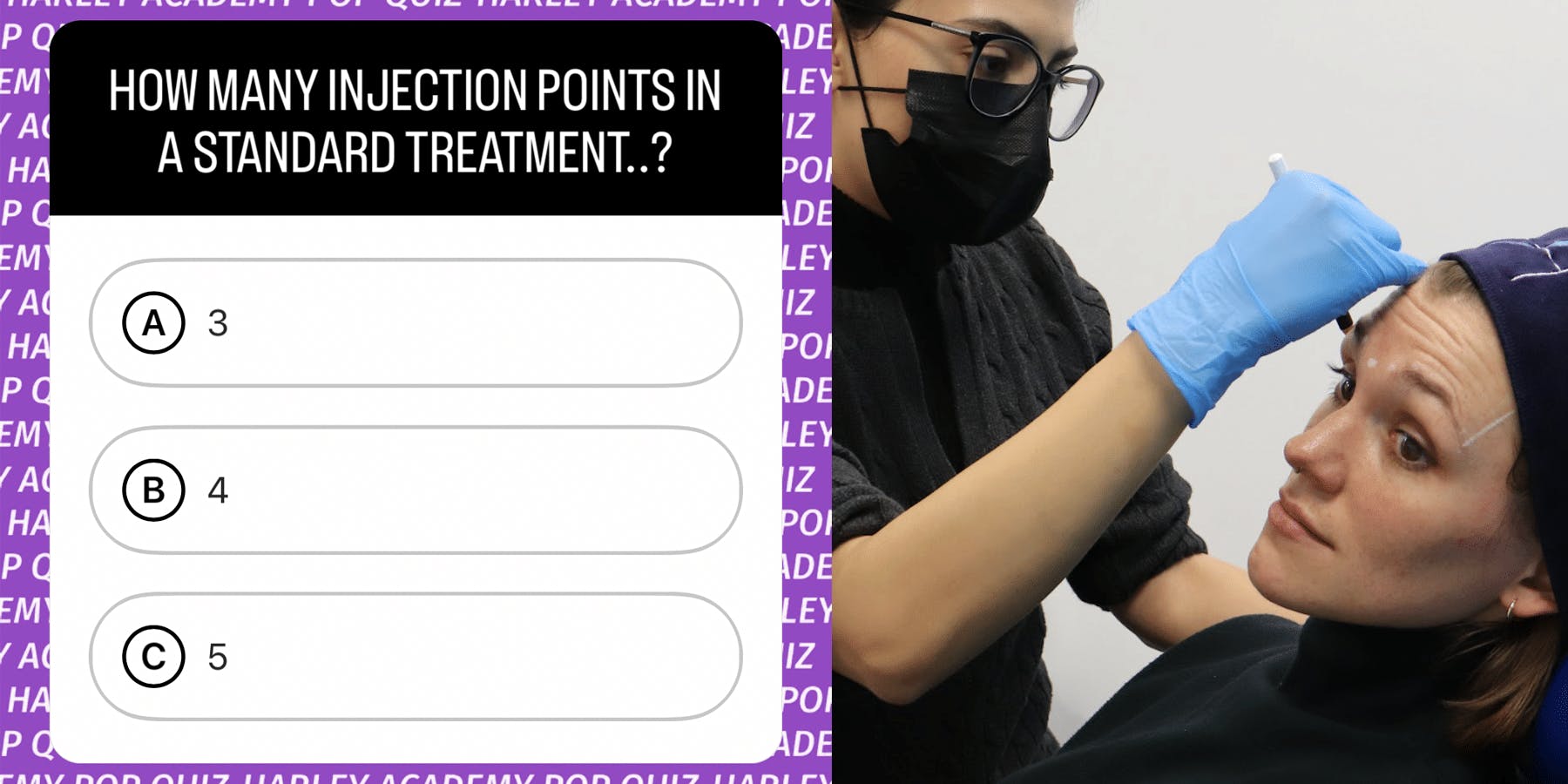
The correct answer is C.
There are 5 injection points in a standard glabellar line treatment. Whilst a new 3 point technique has been proposed, this is not considered standard at present.
5. Which of the following muscles should be injected superficially?
A) Procerus
B) Medial corrugator
C) Lateral corrugator
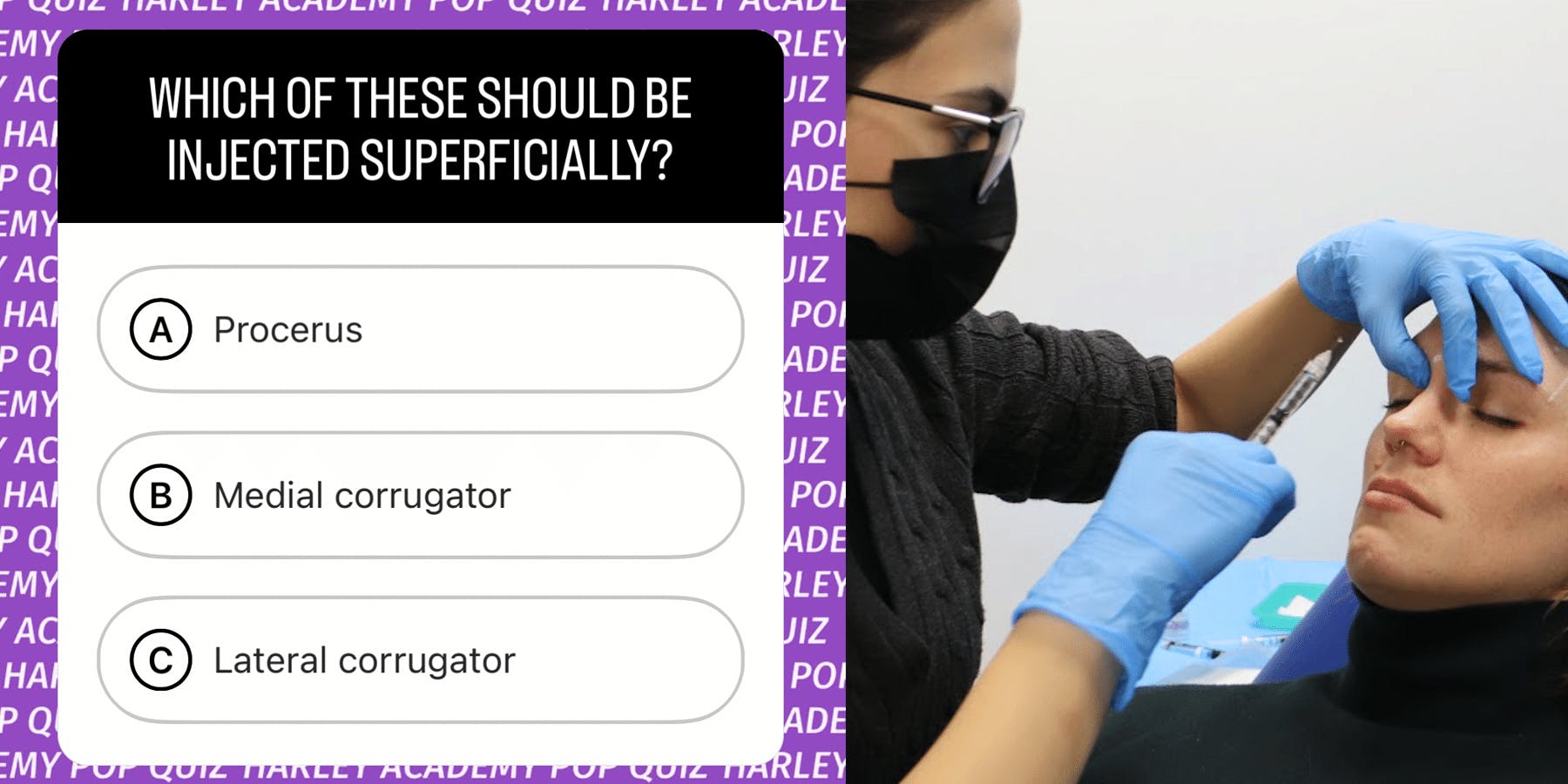
The correct answer is C.
As the lateral corrugator is a superficial muscle, it should be injected superficially. Doing so avoids lid ptosis from toxin tracking into the levator palpebrae superioris.
6. What is likely to happen if you inject too superiorly above the supraorbital rim?
A) Vascular occlusion
B) Brow ptosis
C) Lid ptosis
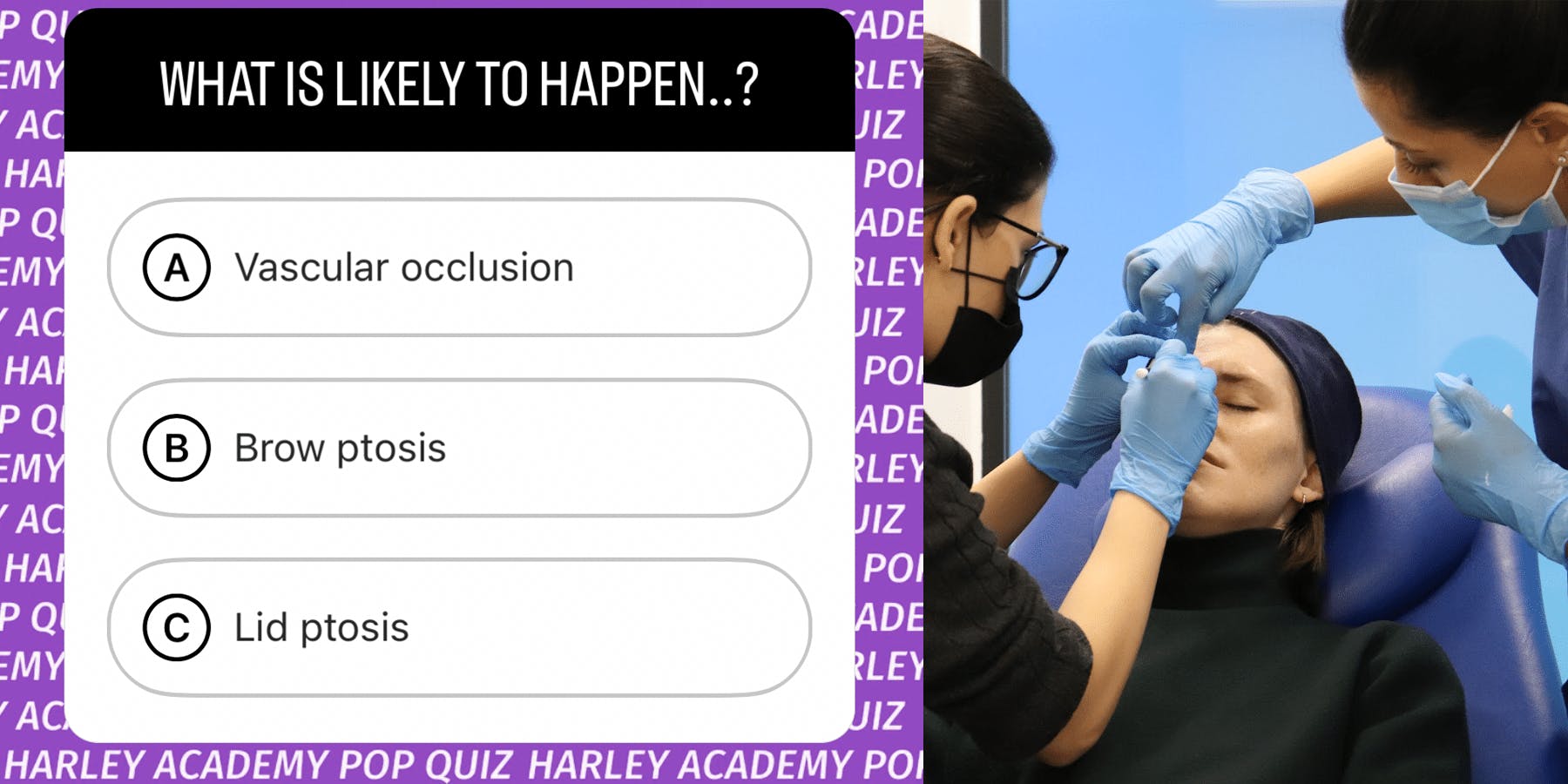
The correct answer is B.
Injecting too superiorly above the supraorbital rim can cause brow ptosis. By injecting into the palpable muscle at its origin, rather than the lines or furrows it creates, you can avoid this.
7. During glabellar line treatments, your needle should always point…
A) Away from the orbit
B) Towards the orbit
C) Depends on the muscle being treated
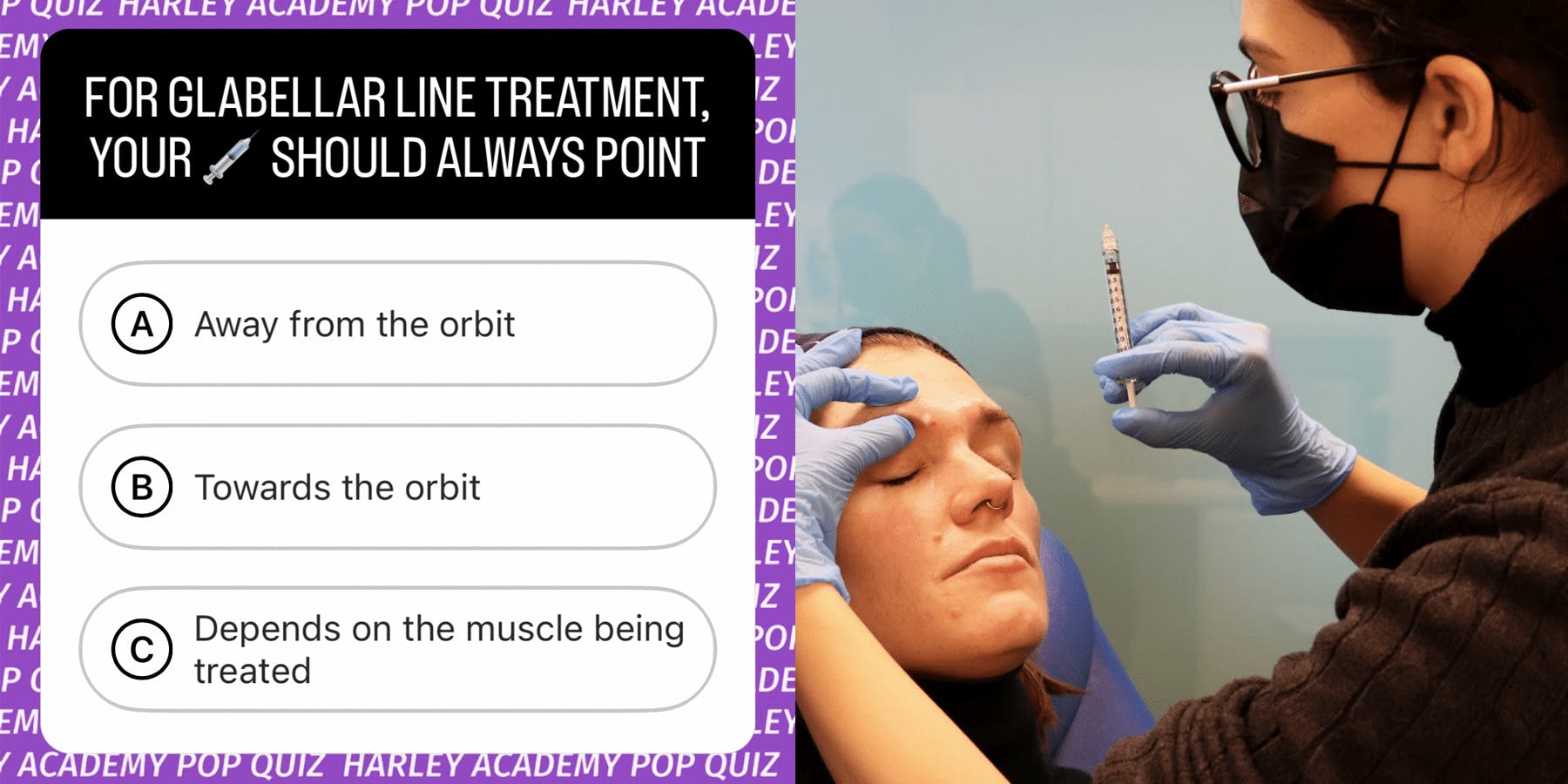
The correct answer is A.
Always ensure your needle points away from the orbit.
That’s it! How did you get on..? Let us know over on our Instagram page.
LEARNING TO PERFORM UPPER FACE TOXIN TREATMENTS SAFELY
If this has inspired you to explore botox training and you’re a doctor, dentist, nurse or midwife, there are a number of pathways open to you. At Harley Academy we offer a range of aesthetics courses designed with patient safety and efficient, ethical practice at our heart.
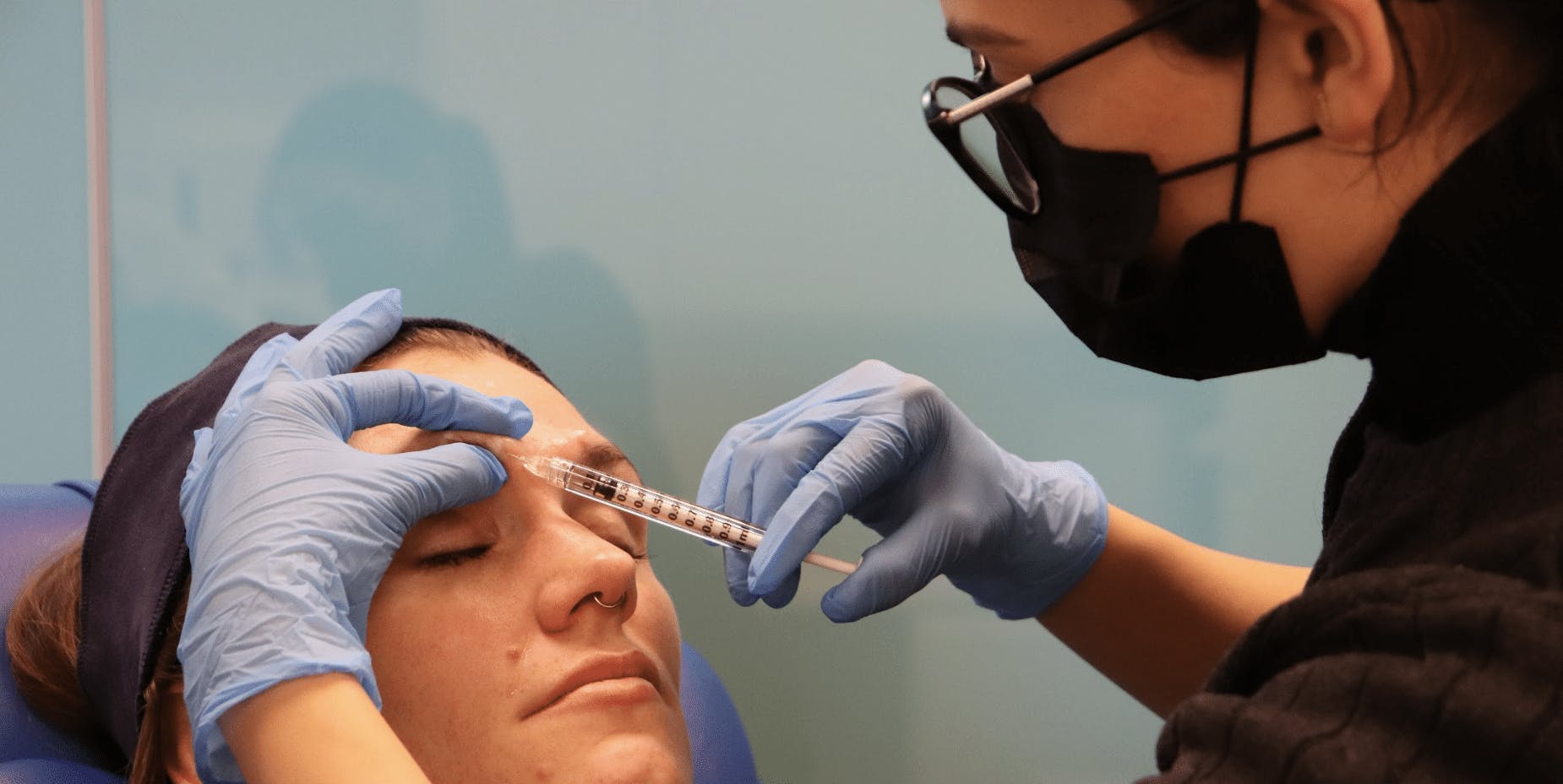
Aesthetic medicine beginners should start with one of the following introductory injectables courses:
– Foundation Training in Botox and Dermal Fillers
– Core Training in Botox and Dermal Fillers
Once you have completed this level of basic training, you can then move on to our Master’s level, Ofqual-regulated qualification, the Level 7 Diploma in Botox and Dermal Filler.
This intensive course prepares you for real world clinical practise, including preventing and managing complications, and hands-on mentoring. By enhancing your learning through expert supervision and guidance, you build your confidence as an injector.
The Level 7 Diploma course can also be combined with our Cosmetic Dermatology course for anyone wanting to develop a holistic approach to facial and skin ageing.
If you are an experienced aesthetics practitioner looking for a formal qualification to future-proof your career, you should consider the Fast Track Level 7 option.
Our student recruitment team can talk you through all our courses, their requirements, content and payment options.
All information correct at the time of publication
Download our full prospectus
Browse all our injectables, dermal fillers and cosmetic dermatology courses in one document
By submitting this form, you agree to receive marketing about our products, events, promotions and exclusive content. Consent is not a condition of purchase, and no purchase is necessary. Message frequency varies. View our Privacy Policy and Terms & Conditions
Attend our FREE open evening
If you're not sure which course is right for you, let us help
Join us online or in-person at our free open evening to learn more
Our Partners














STAY INFORMED
Sign up to receive industry news, careers advice, special offers and information on Harley Academy courses and services

